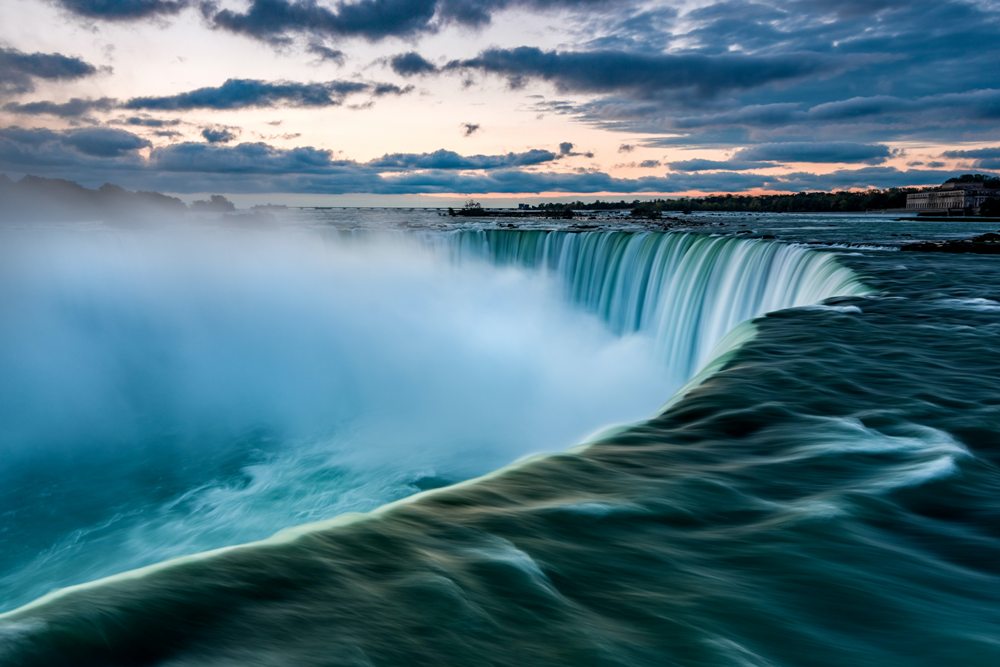The End of the Operation
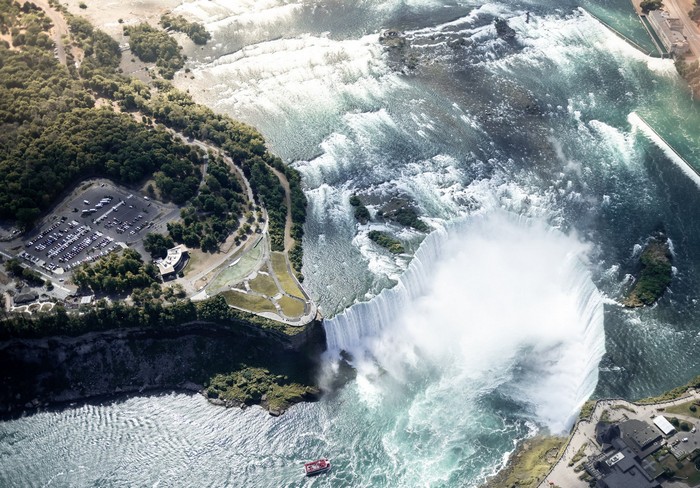
Eager to find a permanent solution to preserve the American Falls, the USACE took aerial pictures of the site. But after six hours, the diversions ceased and the river flow normalized. It turns out that this little operation was the foundation for something greater in time to come.
Bigger problems
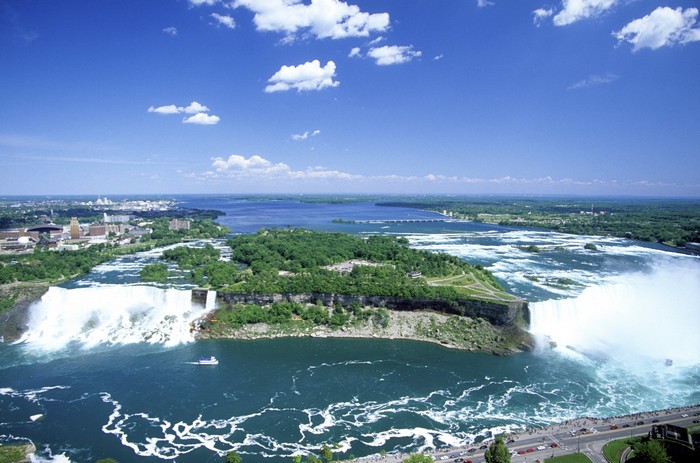
Two years after Operation Save-the-American-Falls took off, the American Falls International Board was initiated By the IJC. The board soon discovered that a more drastic measure was necessary. To eliminate the erosion problem, it began to look like complete dewatering of the falls was the way out and they had to find out how to do that.
Bigger Plans
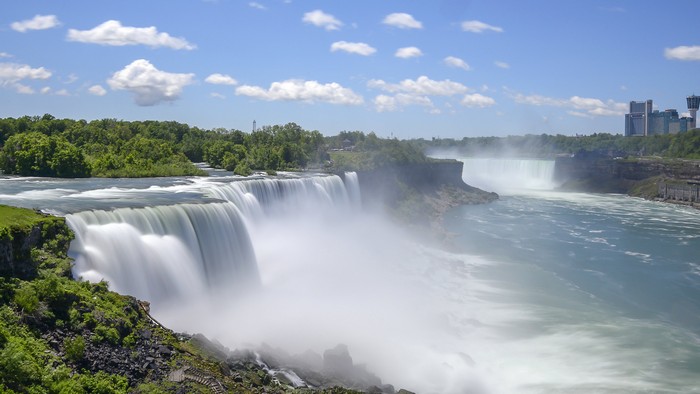
Finally, a group of USACE engineers were assigned this task. Soon after, they started to make a plan. Although, the approach taken in 1966 had actually decreased the water volume falling from the American Falls to 25 percent of its usual volume, a more efficient measure was necessary now. So, a plan was drawn By the officials to build a kind of short-term structure called a cofferdam.
Bigger Plans
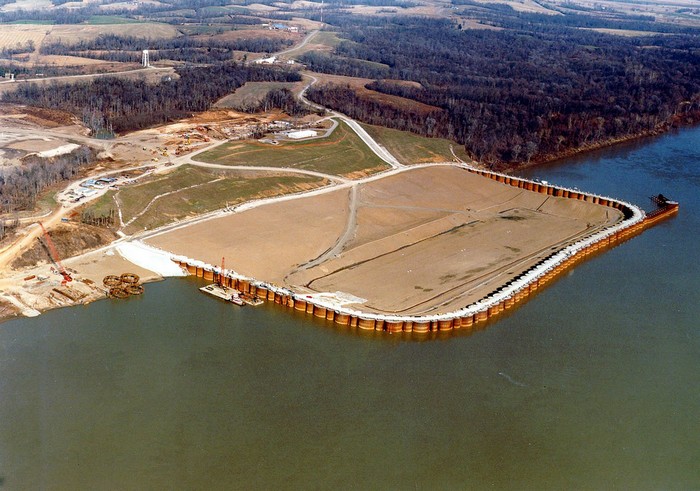
Normally, these dams are built inside the water bodies when a particular part of it has to be dried out. But as concerning the Niagara River, the officials thought to try a different means. They would make their cofferdam something if a 600-foot barrier lying against the current.
Construction Costs
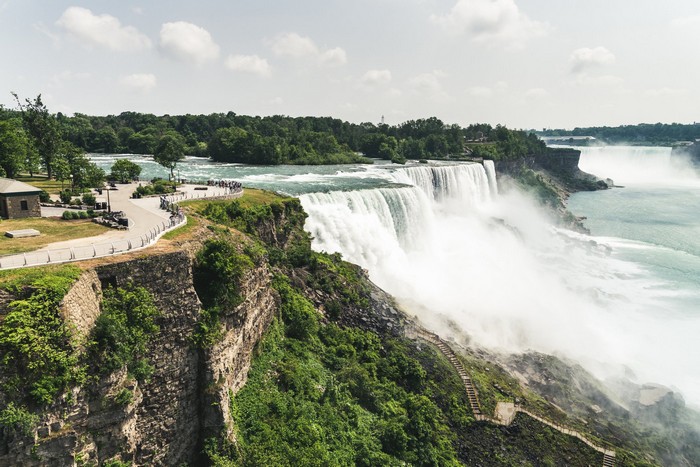
In addition, the USACE awarded the Albert Elia Construction Company a contract of close to five hundred thousand dollars. The job of the company in exchange for their payment – which is worth almost $4 million dollars today – was to build the cofferdam. However, it so happens that the company wasn’t meant to just dry out the falls.
Additional tasks
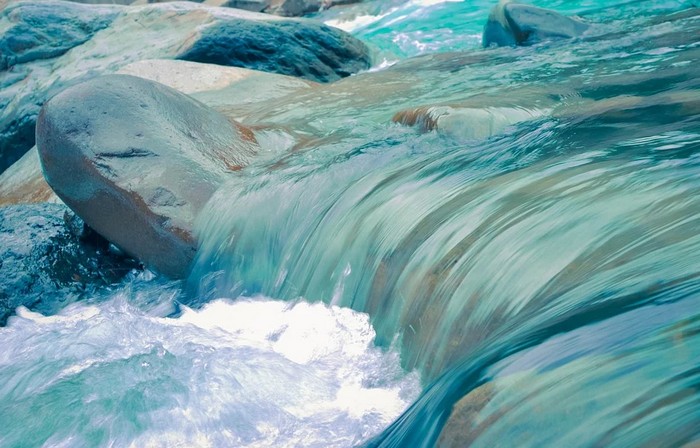
The Albert Elia Construction Company was particularly charged with the task of cleaning the exposed riverbed. In addition, the workers were instructed to take out free-moving boulders at the top of the falls while installing a sprinkler system that would sprinkle water in the rock.
Life-threatening Obstacles
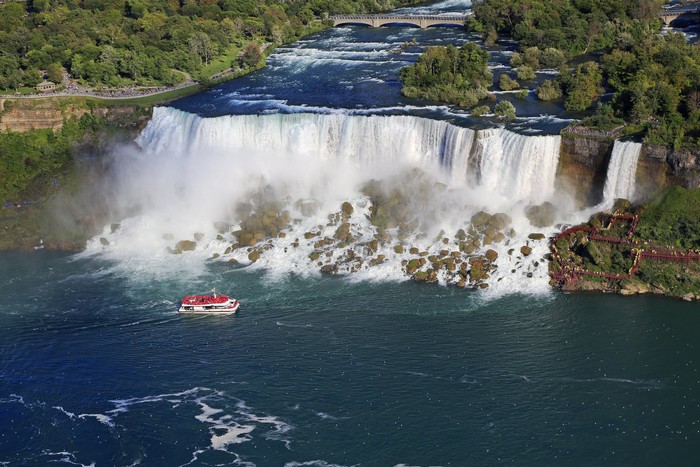
The operation commenced on the 9th of June, 1969. However, as the workers tried to begin the dam construction across the rapids, they faced an unsettling challenge. If for example, one of them fell into the river there would be no obstacle to stop them form been thrown over the cliff into the basin below. They finally agreed to have a lifeline installed mid-river to connect the mainland to Goat Island.
Unused Lifeline
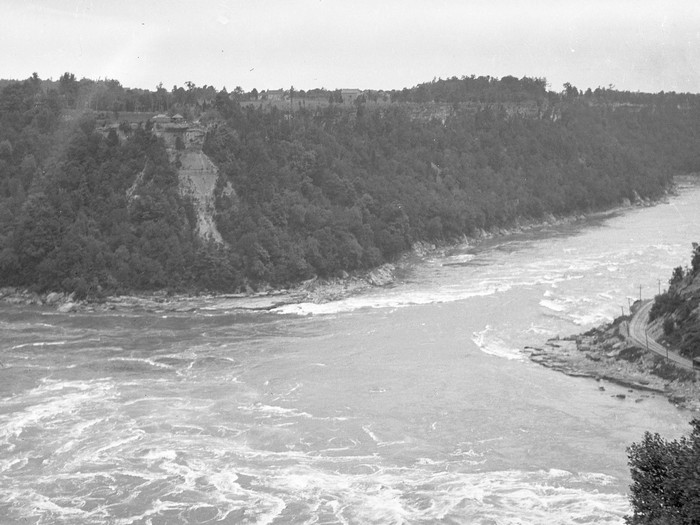
Clearly, their plan was to have something that a worker could grab to keep the strong current from throwing them o we the edge, assuming anyone had the I’ll-fortune if falling in. Luckily for them though, there was no record of this lifeline being needed. And little By little, three days later, the dam was beginning to come together.
Cost of Operation
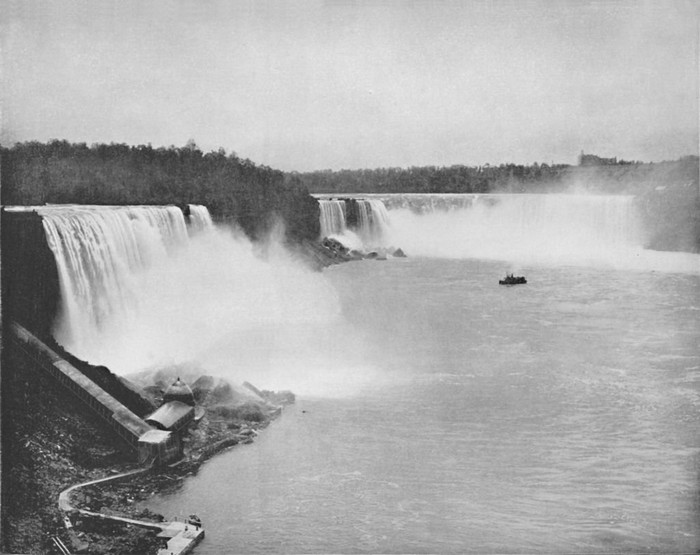
But the task was not at all easy. In fact, while construction was ongoing, 1200 trucks dumped several loads of rocks and sand upstream on the American Falls. When the operation ended, the site had received materials weighing almost 28,000 tons.
Success at Last
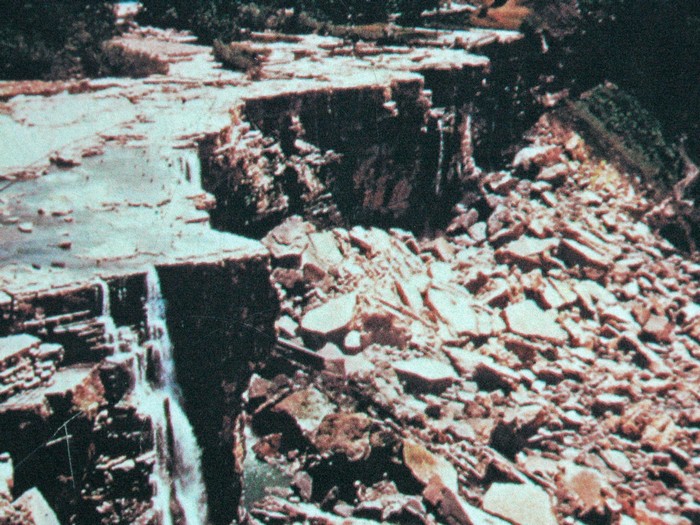
At last, the engineers finished their task on the 12th of June, 1969, putting in the last blockade on the cofferdam. The structure which extended from Goat Island to the mainland was able to do what seemed impossible. And the American Falls dried up for the first time in over 12 millennia.
New Concerns
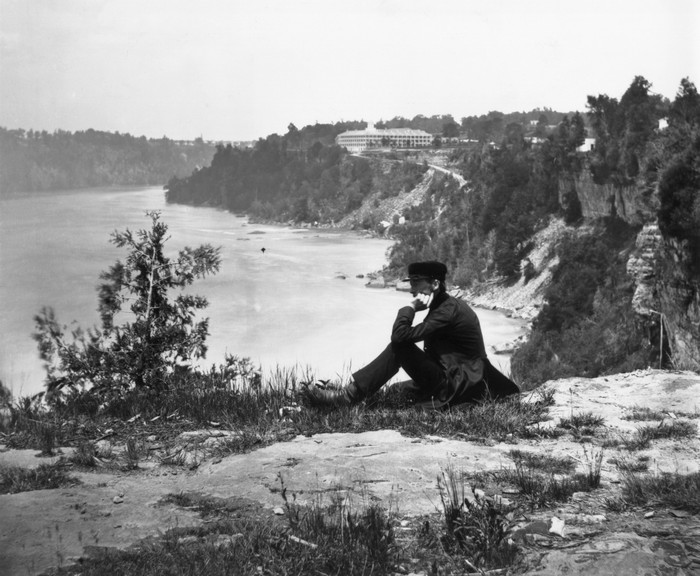
Regardless of this incredible accomplishment, worry riddled the minds of the locals that stopping the falls would affect tourism in the area. Their worries were founded; the local economy was boosted with the revenue brought in By five million tourists yearly. Others thought the opposite was the case, believing that the curiosity of what lay beneath the Fall would attract more tourists.
A New Attraction
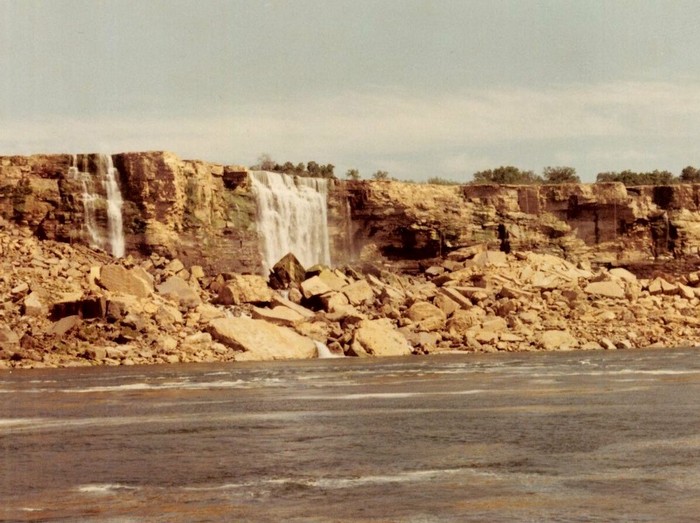
Eventually, there was a drop in the number of visitors in 1969 after the operation. But those who still headed to the attraction had a good run for their money. As the waters dried up, many coins were seen in the riverbed and excited tourists picked them up as souvenirs.
A Different Sight for Curious Eyes
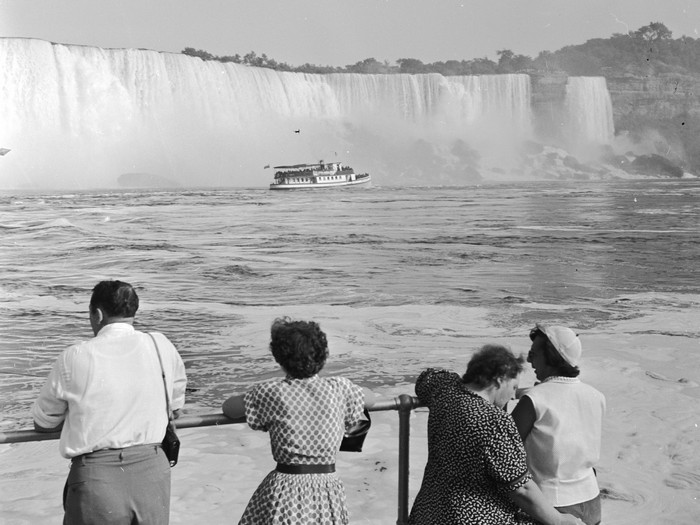
Actually, a day after the falls had been dried up By the USACE, curious tourists trooped in. Reports say that the brave ones tried taking steps on the riverbed and some even walked very close to the edge of the fall. But majority were content to observe the cofferdam that had done the seemingly impossible task.
A Devastating Discovery Beneath The Falls.
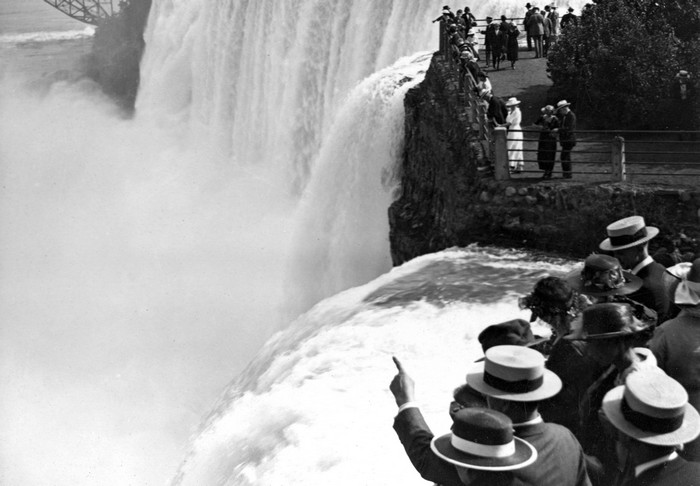
.
However, in addition to the euphoria and newness, the now exposed falls revealed something horrifying that year. Two different remains of a man and woman who had unfortunately died there were spotted on the riverbed By visitors.
A Tragic death

Recent reports say that the male remains belong to a man who had thrown himself into the currents atop the American Falls just a day to the complete recession of the waters. Visitors who were present had thought at first that he was one of the workers on the operation. However, when the green clad man jumped into the rapids, Observers knew at once that something had gone wrong.
Another Horrid Discovery?
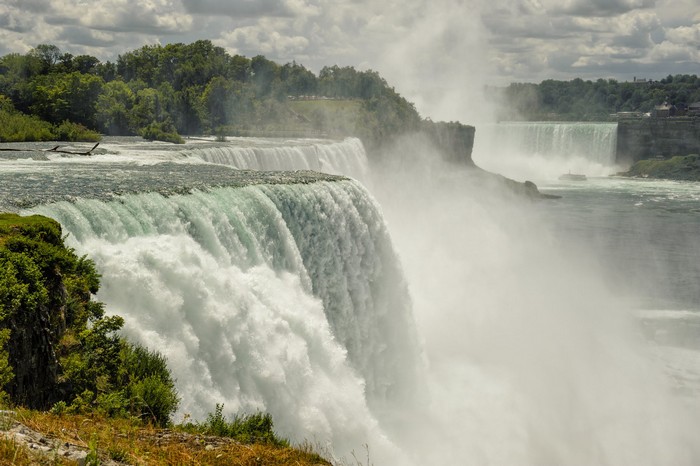
Considering the time of the man’s death-jump, there was no delay in recovering his body By the authorities. The following day, while four cops scoured the dried out riverbed for human remains, another macabre discovery was made. This surfaced while they were still on search for the unidentified male remains.
Details and Questions
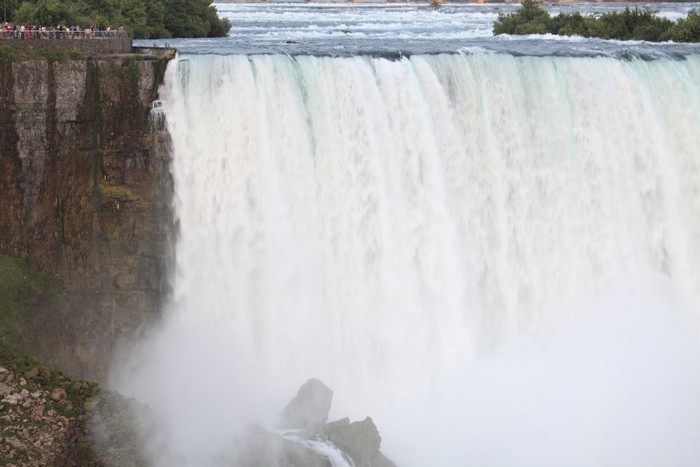
During their scout on the riverbed, the policemen found the corpse of a red-and-white striped clad woman. Her body appeared to have decayed quite a lot showing that her body had laid in the river for a longer period. But who was the woman and how had she come to be at the bottom of the fall?
A Depressing Finding

In the hopes of solving the mystery, an autopsy was ordered on the remains By the authorities. But the woman still remains unidentified. At that time, their heartbreaking discovery was that she had a wedding ring on which had this inscription: “Forget me not”.
Gloomy Statistics

Unfortunately, the two people were not the only ones who had met death at Niagara Falls. It may come as a shock that more bodies were not found underneath the falls. Considering the facts, several persons have unintentionally or intentionally plunged over the edge through the years. In recent times, experts say that an estimated number of 40 persons die yearly for this reason.
Gloomy Statistics
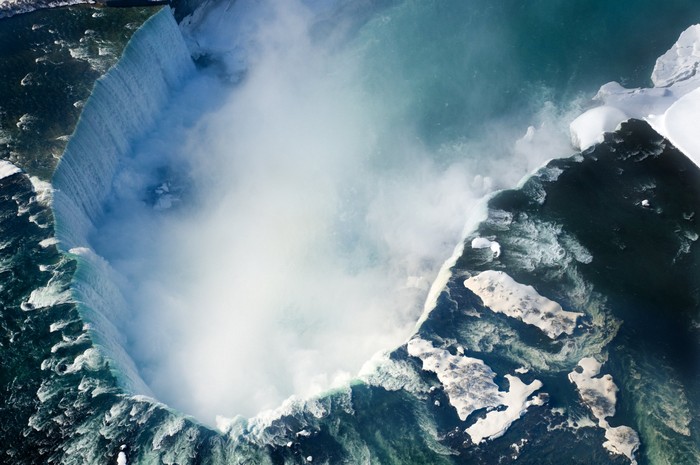
While a good number of those who have died at Niagara Falls are suicide victims, a considerable number of people have also died accidentally. Right from 1829, many brave – or otherwise foolish- people have tried to survive the scary jump down and only few have lived to narrate the experience.
Survivors
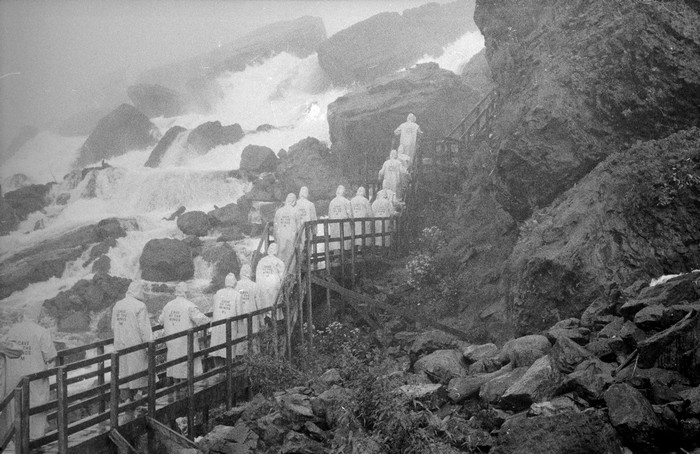
One of the most renowned of those adventurers was 63 year old Annie Edson Taylor, a school teacher. In 1901, she came out alive after being thrown down the fall inside a wooden barrel. And after surviving the stunt without any injuries, her words were these; “No one ought to ever do that again”. Still, many have refused to heed her advice as several others have tried to recreate the stunt – with different levels of success.

